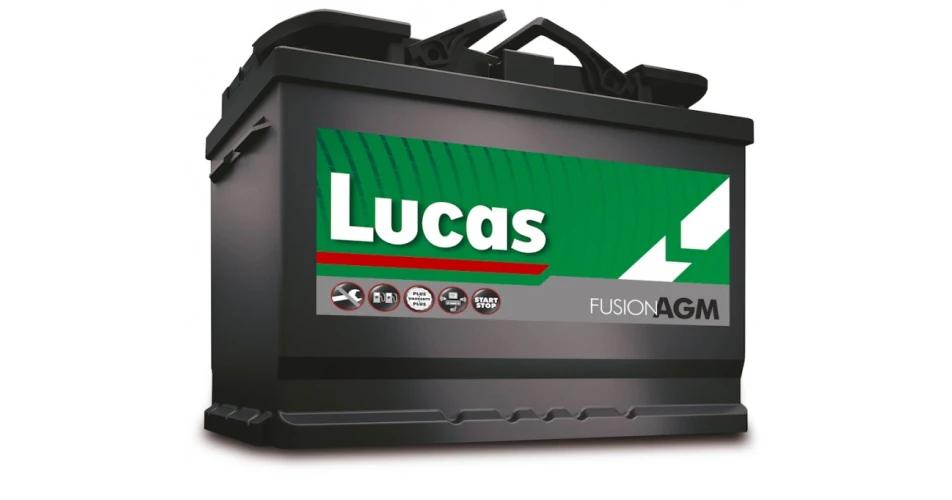ECOBAT Battery Technologies has shed new light on why AGM battery sales in the aftermarket have yet to mirror their original equipment presence in the current vehicle parc.
During a recent presentation, EBT’s technical manager, John Bentley explained that although vehicles fitted with a Stop-Start function, officially known as micro hybrids, have driven the development of firstly, the absorbed glass matt (AGM) battery and latterly, the enhanced flooded battery (EFB), the replacement market has not yet grown accordingly. He suggested this anomaly comes down to two main factors: first, the quality of the batteries that have been designed for micro hybrid applications and second, the driver’s ability to override the Stop-Start system.
Addressing the first point, when the micro hybrid vehicle was being developed, the technology employed in the typical starter, lighting and ignition battery that had been, and still is, used in traditional applications, was simply not designed to cope with the 350,000 engine starts (AGM) or the 210,000 engine starts (EFB) the vehicle manufacturers anticipated these vehicles would have to make over a four-year term. To put this into context, a standard battery would typically be expected to make between 20,000 and 30,000 engine starts over the same period. On top of this, AGM batteries have approximately three times the cyclic (charge/recharge/charge) life of a typical battery, while an EFB has double the lifespan.
With many micro hybrids four years old or more the growth in the sale of AGM/EFB batteries in the aftermarket should be clearly evident, especially as 70% of vehicles manufactured since last year fall into the micro hybrid classification and this figure will reach 92% by 2020.
However, in common with many of the driver aids now incorporated into contemporary vehicle design, the driver can deactivate the Stop-Start function. So while the system is designed to benefit them, the truth is, most don’t like the idea of being without complete control and so switch it off. As a result, instead of making the multiple engine starts the battery is designed to undertake on a typical journey, it may only make one, meaning the life of the battery is extended.
The light on the horizon for the aftermarket however comes first in the fact that as drivers become more comfortable with driver assistance systems, they are less likely to override them and second, it is likely that legislation will dictate that second generation Stop-Start systems will not be able to be deactivated. The logical outcome is therefore that these vehicles should need a battery replacement within the VM’s original four-year timeframe, which means factors and their workshop customers need to have a battery partner that is able to supply the high quality replacements they need, when they need them, a forte that EBT has provided for more than 50 years.
